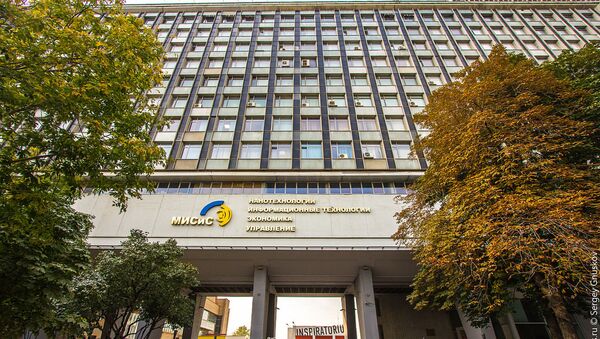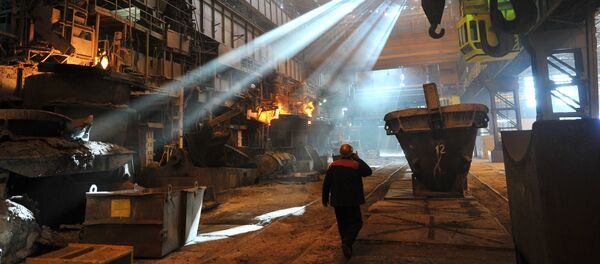Biodegradable scaffolds made from this material double the speed of the cell regeneration process, thus resulting in full regeneration of damaged tissues as well as the prevention of scarring in cases of severe burns.
One of the most important goals in regenerative medicine, particularly, in burn treatment, is achieving the fast regeneration of damaged tissues and preventing the process from scarring. Scars are formed every time the skin is seriously affected and the damage is not limited to the outer layer of the skin, whether through a cut, a burn, or a skin condition like acne or fungal infection.
Scar tissue mainly consists of unidirectional collagen. It is dramatically different from the tissues that it is replacing, as it has less functional properties. For instance, scars are more sensitive to UV radiation; they lack elasticity. Sweat glands and hair follicles never grow back within scar tissues.
«Живые бинты»: ученые НИТУ «МИСиС» создали противоожоговые нановолокна https://t.co/c3mhvM5KMi #живыебинты #МИСиС #медицина pic.twitter.com/NF7Ry8Kw1z
— ИНФАРМ (@InpharmPortal) February 14, 2018
To solve the problem of scarring, researchers from the NUST MISiS’ Inorganic Nanomaterials laboratory have developed new multi-layered “scaffolds”, made from biodegradable polycaprolactone fibers and multifunctional bioactive nanofibers with pre-determined mechanical properties and with a high level of biocompatibility. Adding antibacterial properties by introducing silver nanoparticles or an antibiotic, and increasing the material’s bioactivity by introducing hydrophilic groups (-COOH) and plasma proteins to the new material’s surface, researchers gave it some unique healing properties.
"Using chemical binding, we created a stable layer that contains blood plasma components (such as growth factors, fibrinogens and other important proteins that promote cell growth) on a polycaprolactone substrate," said Elizaveta Permyakova, one of the project participants, and a postgraduate student working at the laboratory. "Then we used plasma processing to apply a layer of polymers containing carboxylic groups to the surface of the material in order to improve its hydrophilic properties. The obtained layer was then enriched with antibacterial together with protein components."
Together with the Novosibirsk Scientific and Research Institute of Experimental and Clinical Medicine, the development team has already conducted a series of pre-clinical trials. The in vitro test results showed that upon the application of the developed scaffolds the speed of the cell regeneration has doubled. In the near future, the research team will receive the results of in vivo tests as well.


